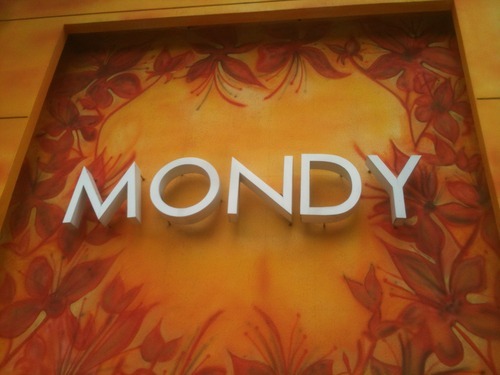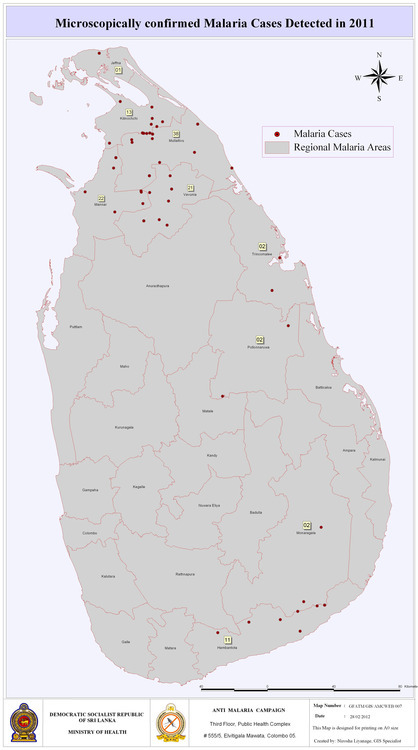Our goal on Sunday was to reach one of Batticaloa’s famed, and empty, beaches. This was quickly stymied by the realization via Lonely Planet that to reach the beach the long way you have to pass a “well-defined minefield” to reach the beach. MINEFIELD!?!?! Well defined my ass. I’ve been in South Asia long enough to know that’s never the case. One wonders what could have happened if we had decided to try our shortcut…
Instead we decided on the much tamer option of watching a movie in Tamil, the language of most Batticaloans, and the language of the regional film powerhouse from Tamil Nadu, India Kollywood. Don’t ask me why it’s called Kollywood. Ask Sheela. Perhaps Telugu already got Tollywood?
Something strange, and makes absolutely no sense to me is that the movie was dubbed. Yes, it as a Tamil movie, and the audience (with the exception of us) was all Tamil. It’s like watching Harry Potter only to find that Harry, Rob and Hermoine’s voices have all been dubbed by other people speaking English. What the fuck?
I, still determined to see the ocean by any means possible, took a detour and walked to a beach. Absolutely gorgeous, and desolate, with fishermen’s boat sitting upside down on the beach. (This is the same beach the suffered tremendous damage during the 2004 tsunami) I sat down under a large tree for some quiet contemplation and reading. Next to me was a large Sri Lankan family. Faintly I heard the words “Where are you from?” Looks like I was about to become the center of attention, so I decided to ignore the question.
A few moments later I glanced up and noticed a girl walking in front of me, then around behind my bench. She asked, “Can I see your book?” So I show her, but she takes it from me! And with it, she runs back to her family, all giggling.
Great, guys. You took my book. Thanks.
Like a tempest, the family then rushed over to me, and crowded close around me. perhaps 20-30 in all, but only the girl could speak some English. The rest just asked me my name. All in all, lots of giggling and a genuinely heart warming experience.
They did give me my book back, and I enjoyed the beach in peace.
Now, I just went out to buy Sri Lankan ice cream. Sri Lankan ice cream is probably the most delicious store bought ice cream that I know of in the world—try the mango flavor. It’s time to consume a liter or two…Signing off.

